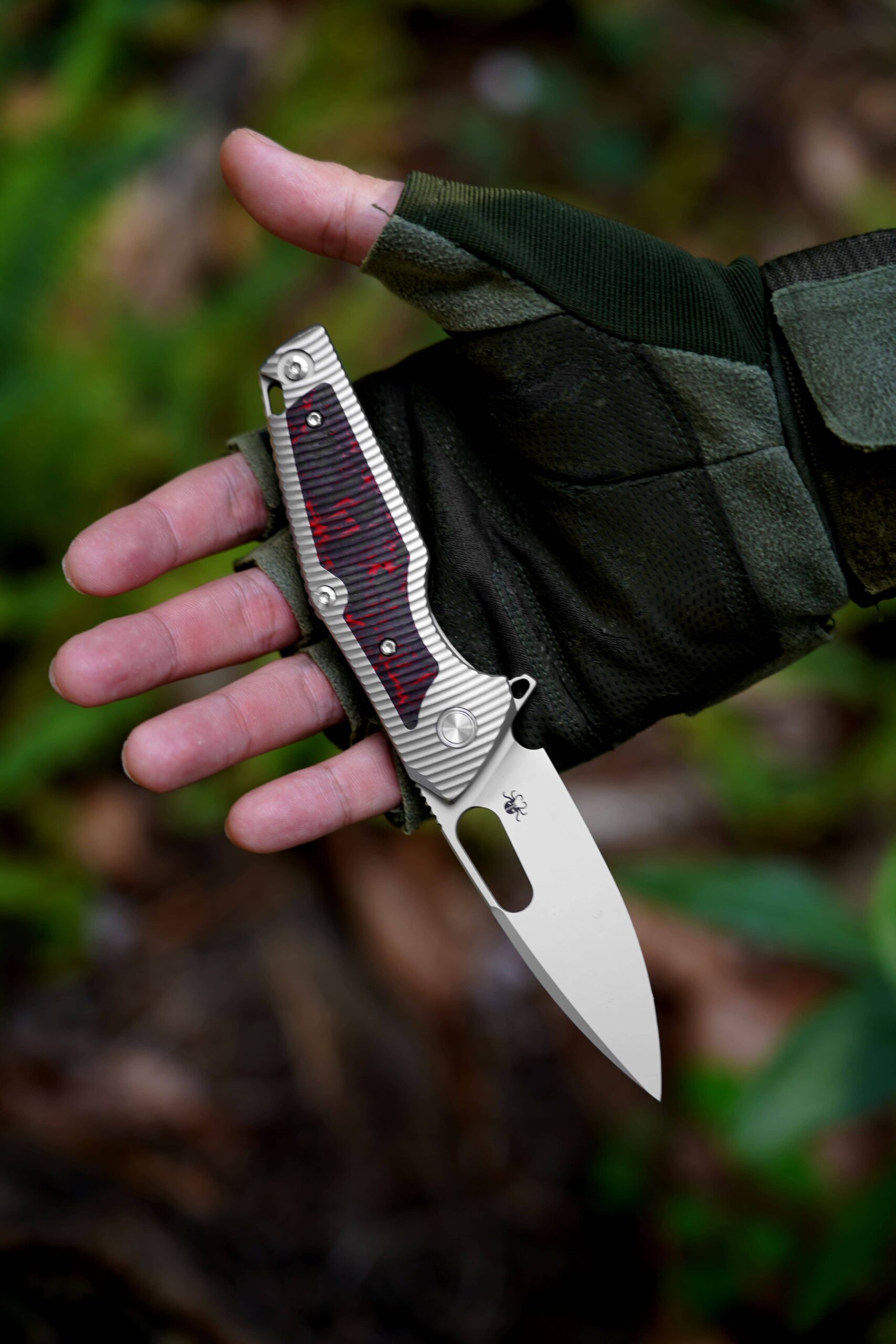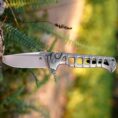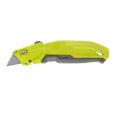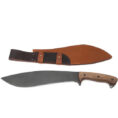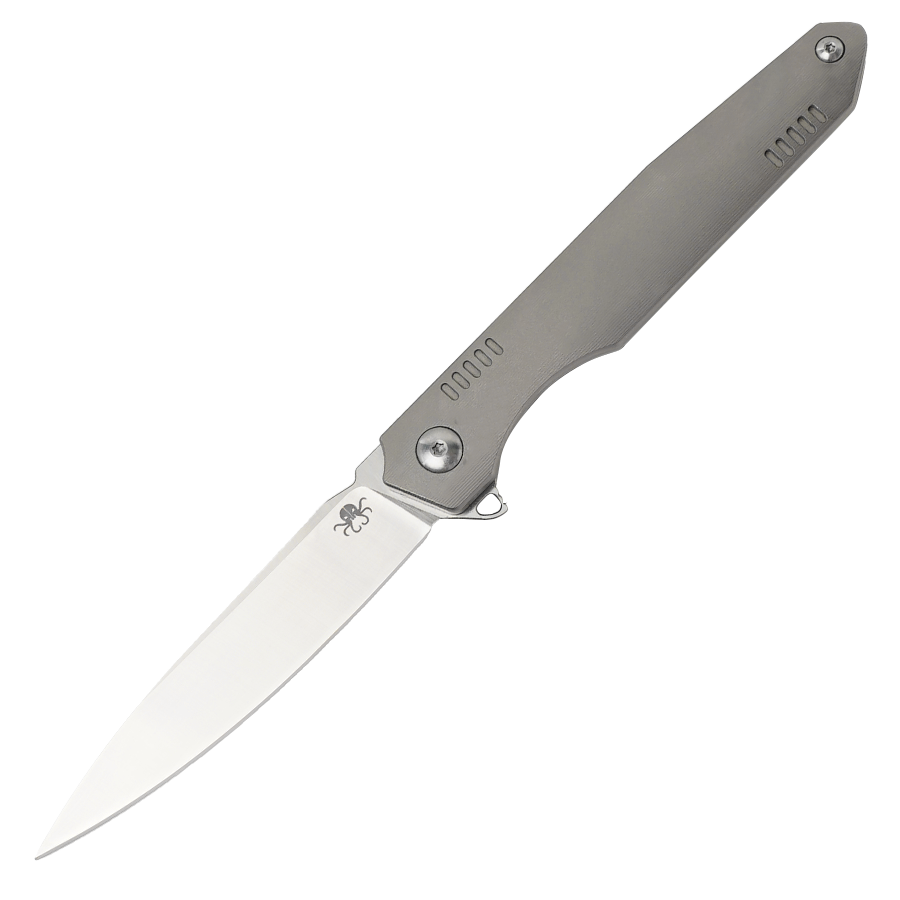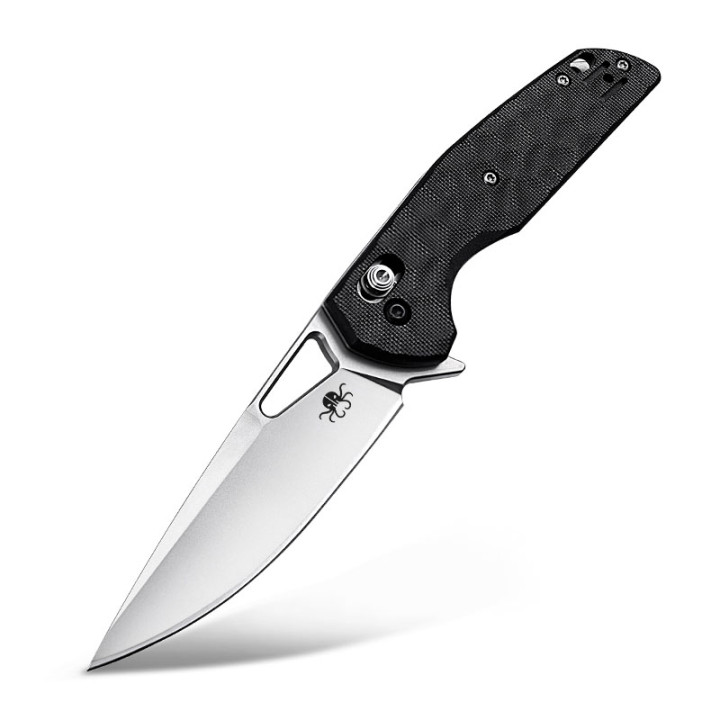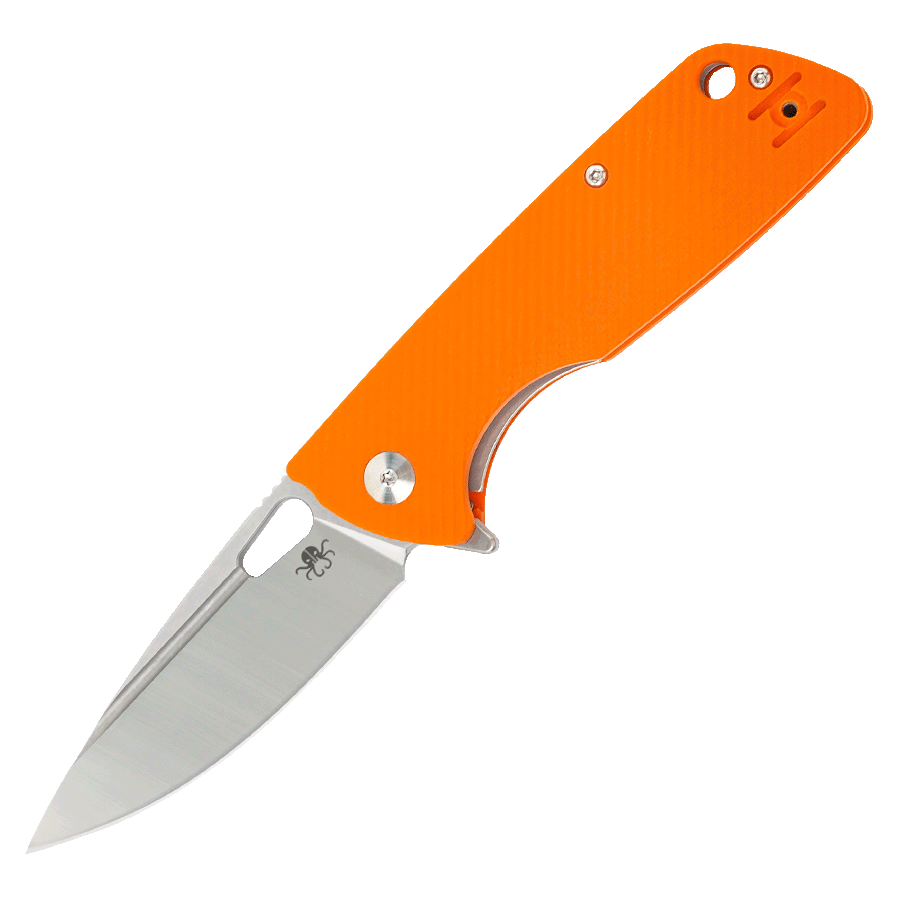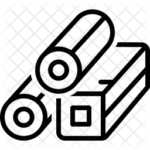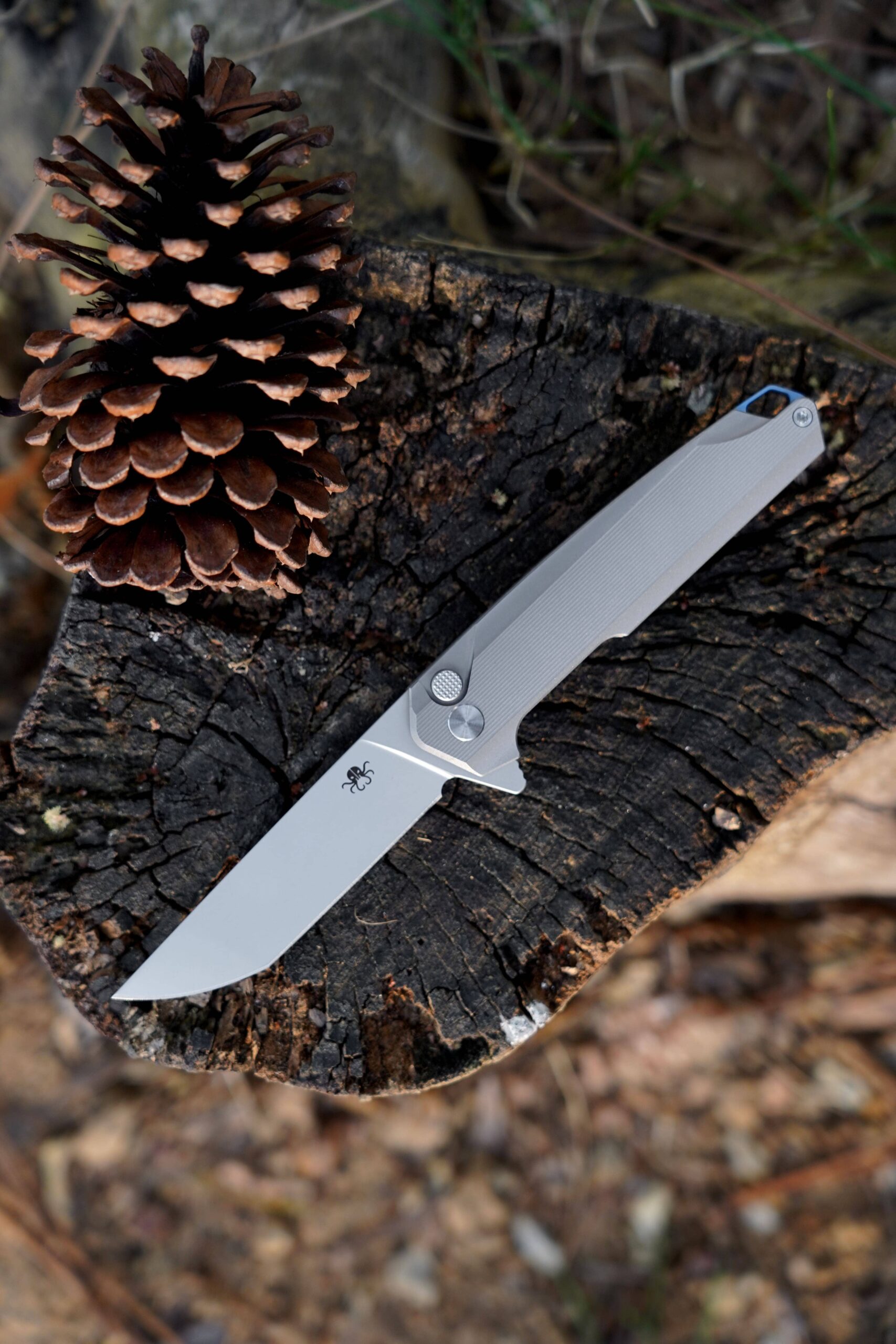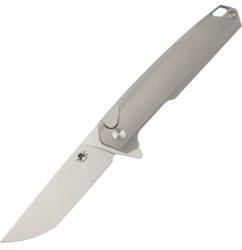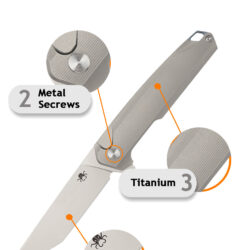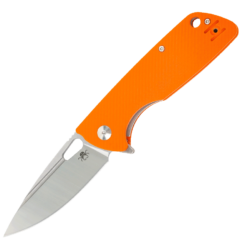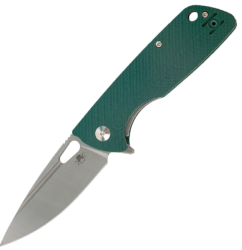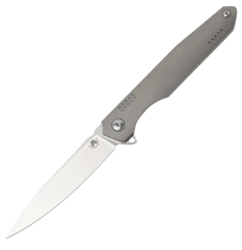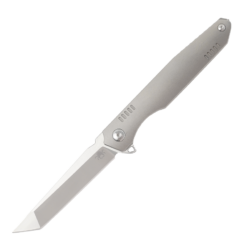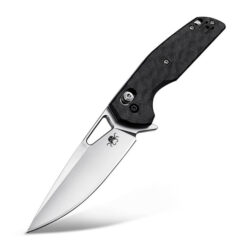Sharpening Secrets: Techniques to Keep Your Knife Razor-Sharp
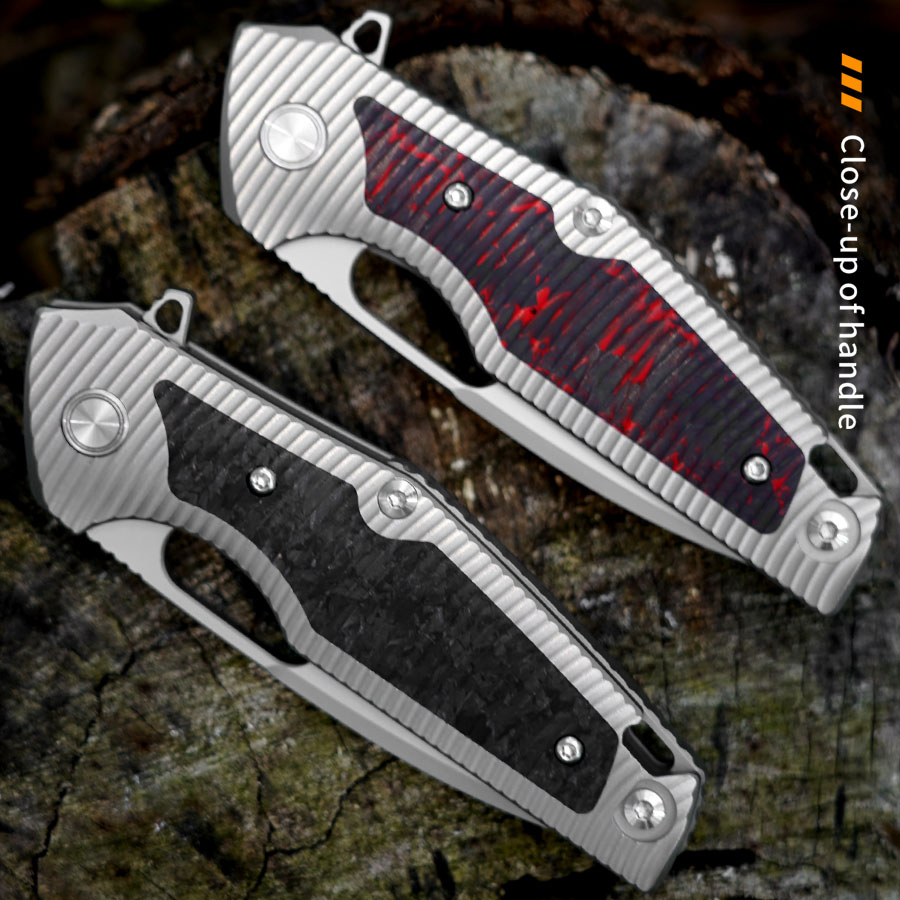
Introduction: The Importance of a Sharp Knife
A sharp knife is one of the most essential tools in any kitchen, workshop, or outdoor setting. Whether you’re a professional chef, a craftsman, or a survival enthusiast, maintaining your knife's edge can significantly improve your efficiency, safety, and overall experience. A dull knife, on the other hand, can be frustrating, dangerous, and inefficient, leading to poor results and potential injuries. But how do you maintain a razor-sharp edge on your knives?
In this article, we will explore various techniques for sharpening knives, understanding the types of edges, the best tools for the job, and how to care for your knife to keep it in top shape for years to come. From the basics to advanced sharpening secrets, this guide covers everything you need to know to keep your knife performing at its best.
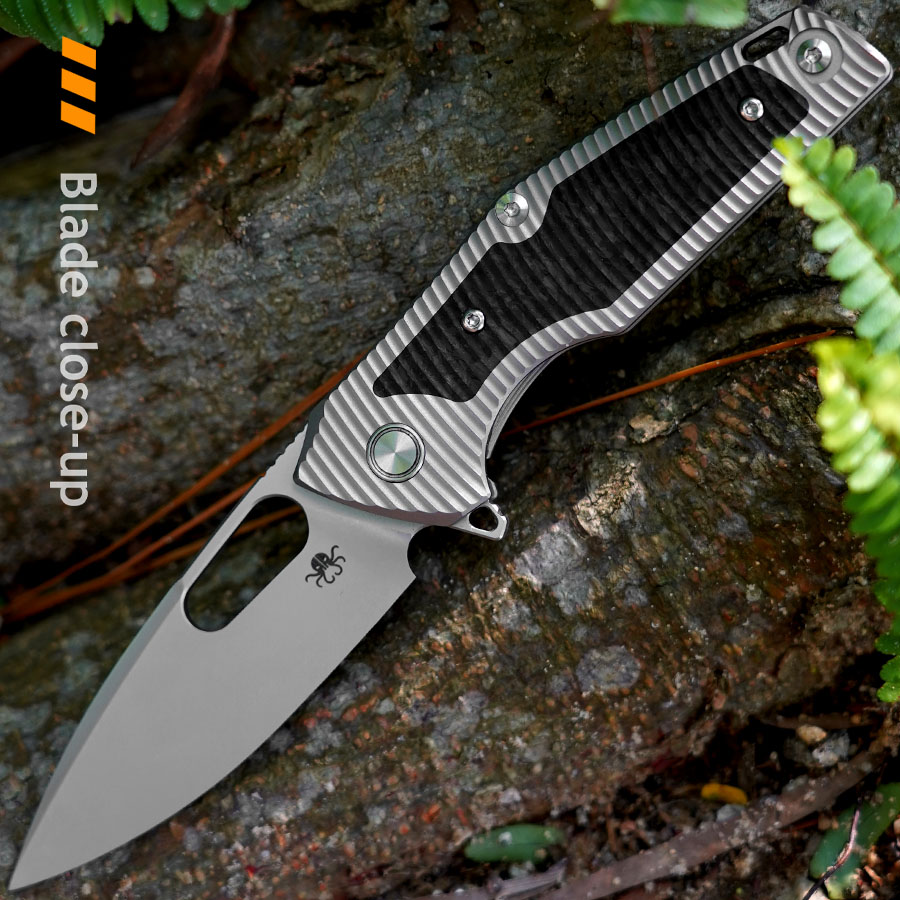
Chapter 1: The Basics of Knife Sharpening
1.1 Understanding Knife Anatomy Before diving into sharpening, it's essential to understand the anatomy of a knife. The main parts to consider include the blade, edge, spine, and tang. The edge, in particular, is where most of the focus lies during sharpening. We'll discuss how the edge is formed, the different types of edges, and how they influence the sharpening process.
1.2 Why Sharp Knives Matter A sharp knife provides precision, efficiency, and safety. A dull knife requires more force, which increases the chances of slipping and injuring yourself. Sharpening your knife not only improves performance but also extends the life of the blade.
1.3 Key Terminology It’s important to familiarize yourself with terms like bevel, burr, grit, and angle, as these will become key when discussing the sharpening process.
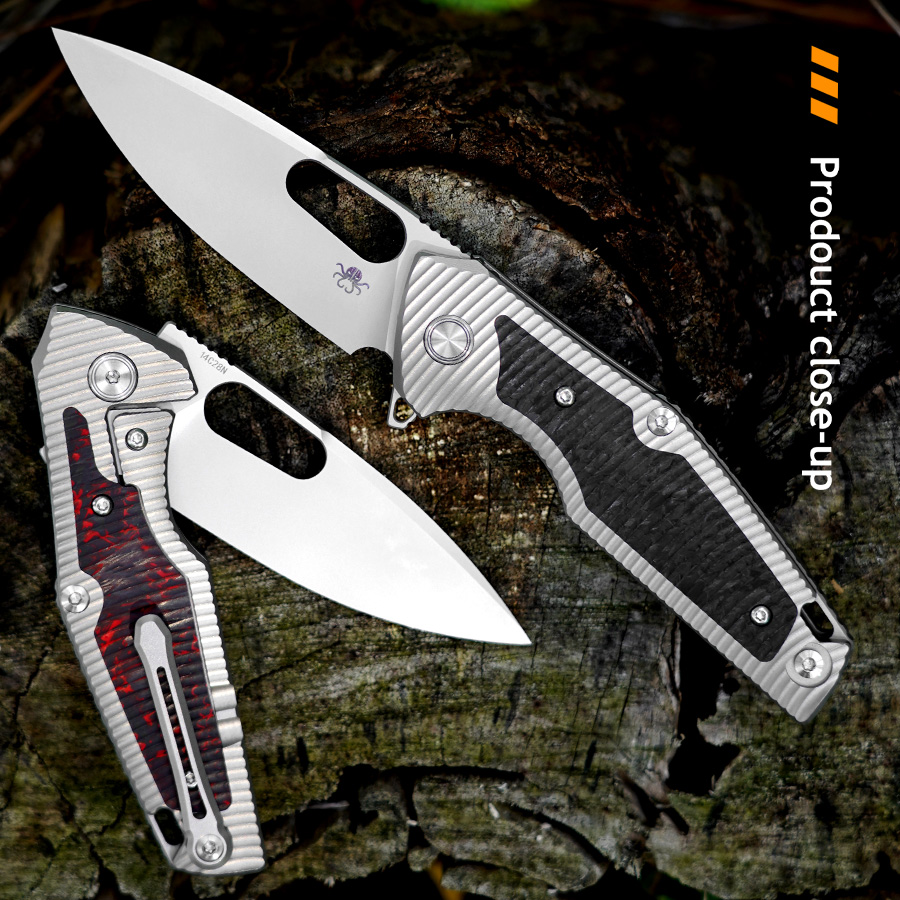
Chapter 2: Tools for Sharpening
2.1 Honing vs. Sharpening Before diving into sharpening methods, it's essential to understand the difference between honing and sharpening. Honing realigns the edge, while sharpening removes material to create a new edge.
2.2 Types of Sharpening Tools There are several tools available for sharpening knives, each with its pros and cons. These include:
- Whetstones (Sharpening Stones): Traditional and versatile, whetstones are available in different grits and sizes.
- Sharpening Rods (Honing Rods): These are useful for maintaining an edge between sharpenings.
- Electric Sharpeners: Fast and convenient but can remove more material than necessary.
- Manual Pull-Through Sharpeners: Simple to use, but can’t achieve the same level of precision as whetstones.
- Diamond Stones: Durable and ideal for hard steel knives.
- Strops and Polishing Compounds: Used for fine-tuning the edge and achieving a mirror finish.
2.3 Choosing the Right Sharpening Tool for Your Needs Not every knife requires the same sharpening tool. We’ll break down the types of tools that work best for different knives, from kitchen knives to pocket knives and even survival blades.
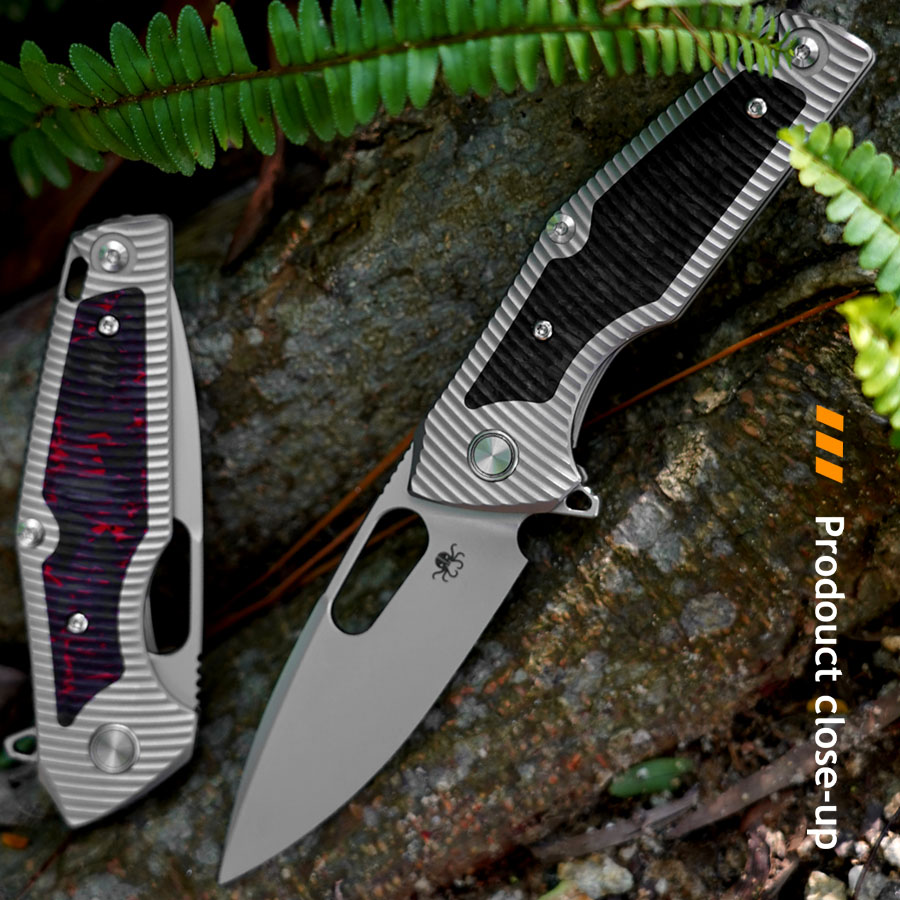
Chapter 3: Sharpening Techniques
3.1 Sharpening on a Whetstone One of the most traditional and effective ways to sharpen a knife is using a whetstone. Here’s how to use it:
- Choosing the Right Grit: Coarse grit (200-600) is used for dull knives, medium grit (1000-3000) for general sharpening, and fine grit (5000-12000) for polishing and finishing.
- Setting the Correct Angle: Most knives are sharpened at a 20-degree angle, though this can vary depending on the type of knife and its intended use.
- Sharpening Method: We’ll walk through the technique of applying even pressure while moving the blade across the stone in a consistent motion.
3.2 Understanding the Burr A burr forms on the opposite side of the edge as you sharpen. Knowing how to detect and remove a burr is crucial for achieving a sharp edge.
3.3 Using a Honing Rod For routine maintenance, using a honing rod is an excellent way to realign the blade edge and keep it sharp between full sharpenings.
3.4 Sharpening with a Strop Stropping is a technique used to polish the edge to a mirror finish. It’s essential for refining the sharpness and ensuring the blade’s edge is as fine as possible.
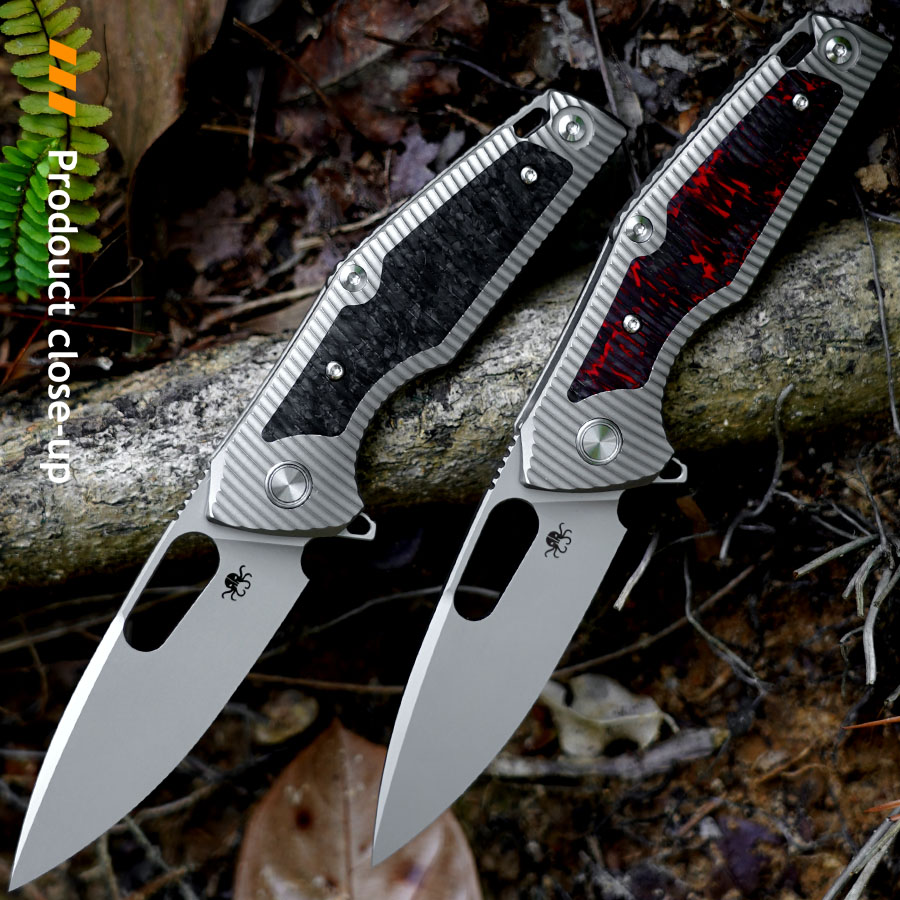
Chapter 4: Sharpening Angles and Edge Types
4.1 The Importance of Angle The sharpening angle is key to achieving a sharp and durable edge. We’ll explore how different angles affect the performance and longevity of the knife.
4.2 Different Edge Types Knives come with various edge profiles:
- Flat Grind: Common in chef knives, providing a good balance of sharpness and durability.
- Hollow Grind: Often found in thinner blades, providing a sharper edge.
- Convex Grind: Ideal for outdoor and hunting knives, offering strength and stability.
- Saber Grind: A strong, sturdy edge suited for general use.
- Scandi Grind: Popular in Scandinavian knives, designed for carving and other detailed tasks.
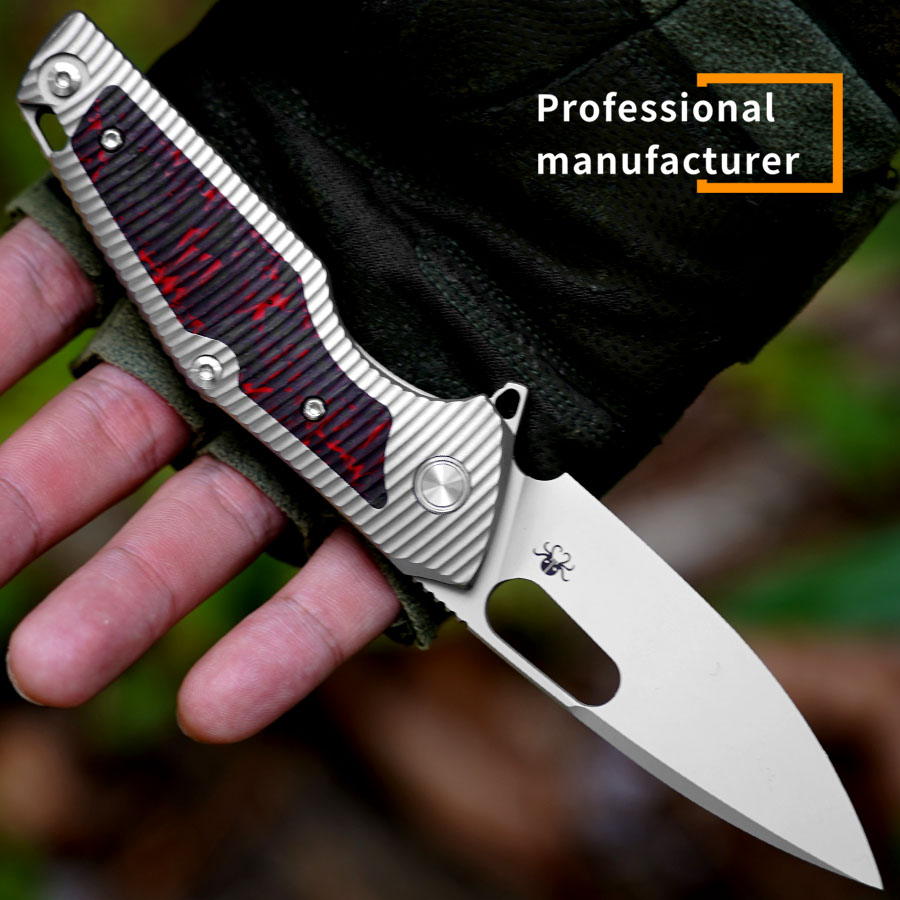
Chapter 5: Advanced Sharpening Techniques
5.1 Freehand Sharpening vs. Guided Systems Freehand sharpening is a skill that takes time to master, but it allows for greater control and precision. On the other hand, guided sharpening systems can help beginners maintain consistent angles.
5.2 Using a Sharpening Jig For those who prefer a more precise approach, sharpening jigs can hold the knife at a fixed angle, making the process easier and more repeatable.
5.3 Sharpening Compound and Polishing Using compounds such as chromium oxide on leather strops can help refine the edge to a polished, razor-sharp finish.
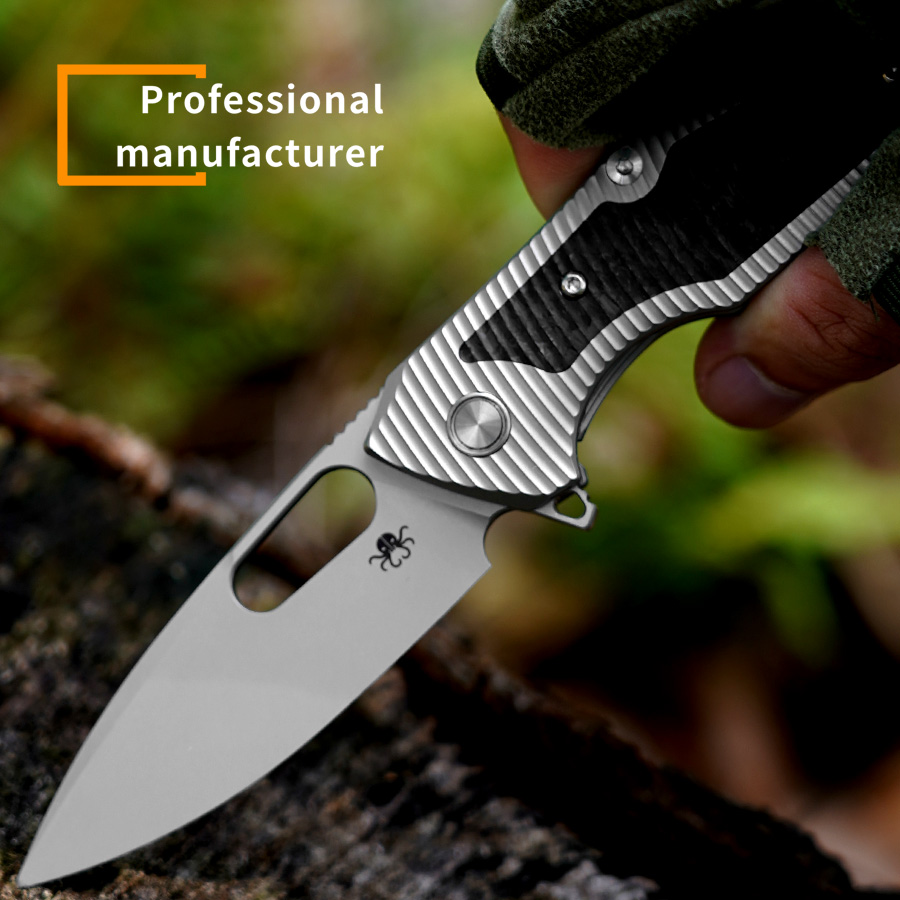
Chapter 6: Knife Care and Maintenance
6.1 How to Maintain a Sharp Edge In addition to sharpening, maintaining the sharpness of your knife is key. This involves proper storage, regular honing, and avoiding common pitfalls such as using the knife on hard surfaces.
6.2 Proper Knife Storage Storing knives properly can prevent damage to the edge. We’ll discuss knife blocks, magnetic strips, and sheaths as storage options.
6.3 Cleaning and Lubricating Your Knife Keeping your knife clean and free of residue is crucial for maintaining its sharpness. Additionally, lubrication can help prevent rust and keep the blade in top shape.
6.4 Avoiding Common Mistakes We’ll discuss common errors people make when sharpening, such as using the wrong angle, applying too much pressure, or neglecting the proper maintenance.
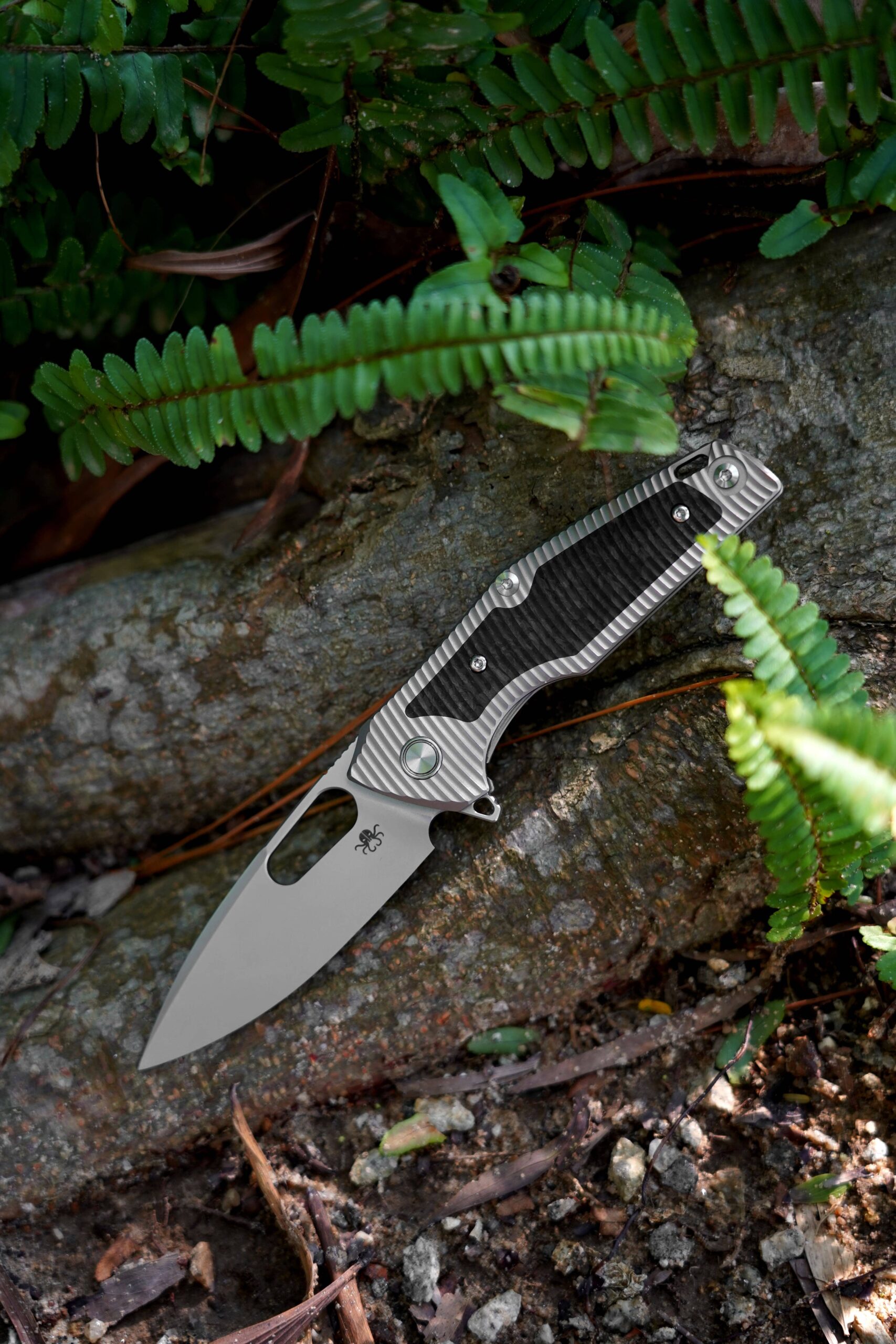
Chapter 7: Troubleshooting Common Sharpening Issues
7.1 Uneven Edges If your blade isn’t sharpening evenly, it could be due to improper technique or the wrong tool. We’ll provide solutions for fixing uneven edges.
7.2 Chipped Edges Chipped edges are common, especially with hard-use knives. We’ll explain how to deal with chips, including methods for grinding and polishing them out.
7.3 Over-Sharpening Over-sharpening can lead to unnecessary wear and tear on your blade. Here’s how to know when to stop sharpening.
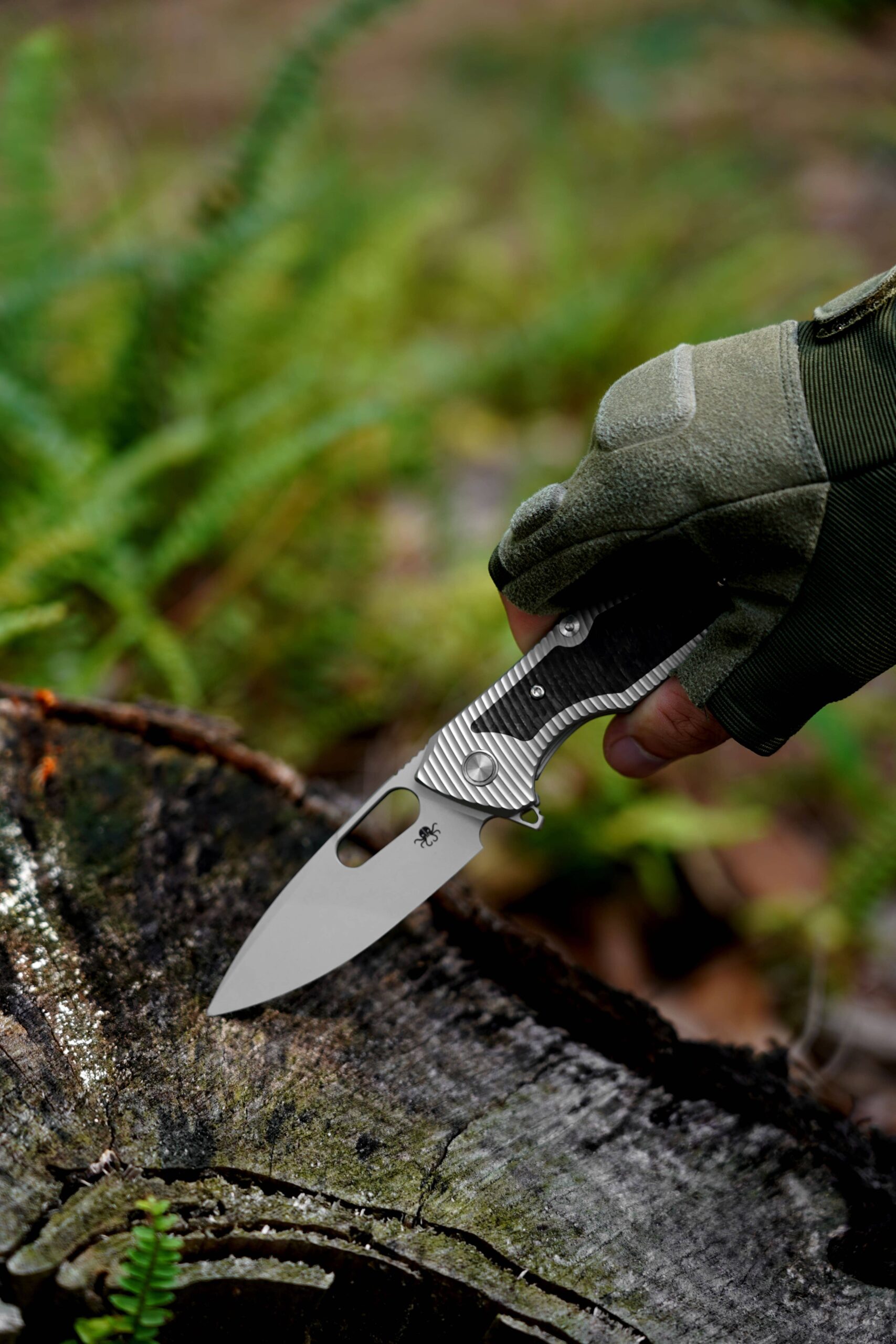
Chapter 8: Conclusion and Final Thoughts
In this final section, we’ll recap the main points and emphasize the importance of regular maintenance and the value of investing in good sharpening tools. A sharp knife isn’t just about performance—it’s about making your work safer, easier, and more enjoyable.
